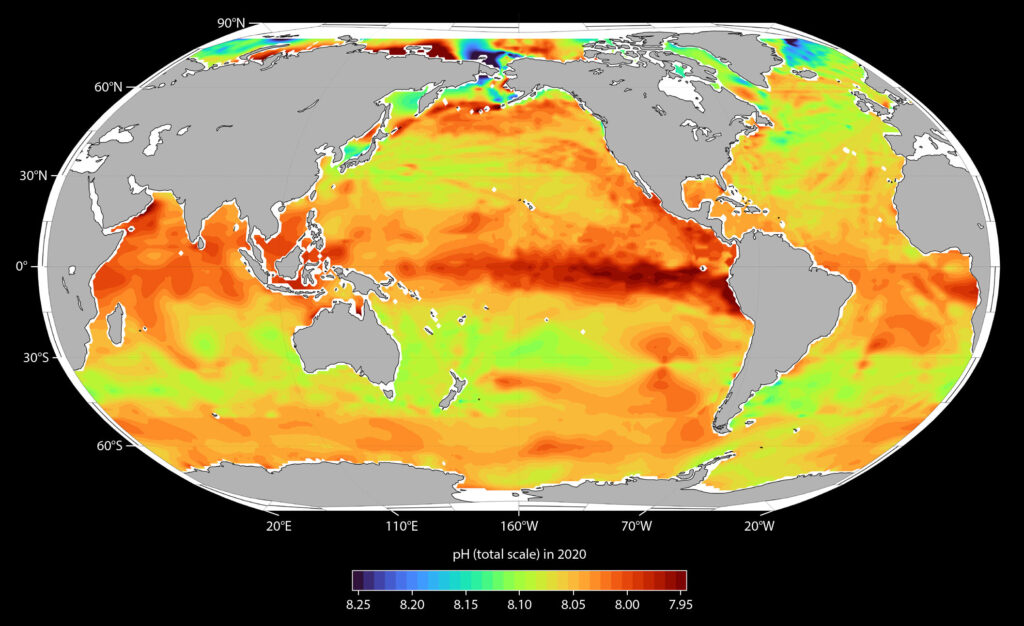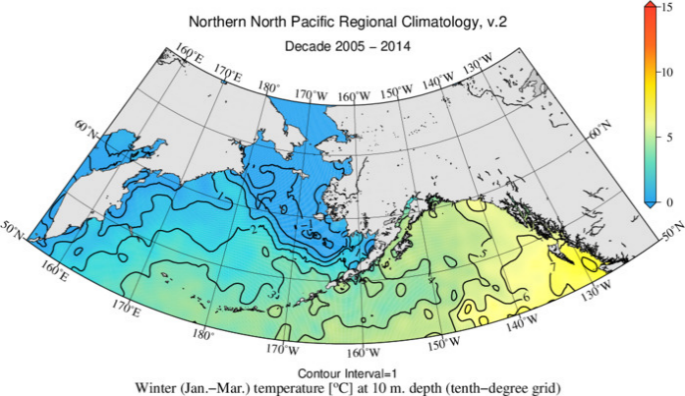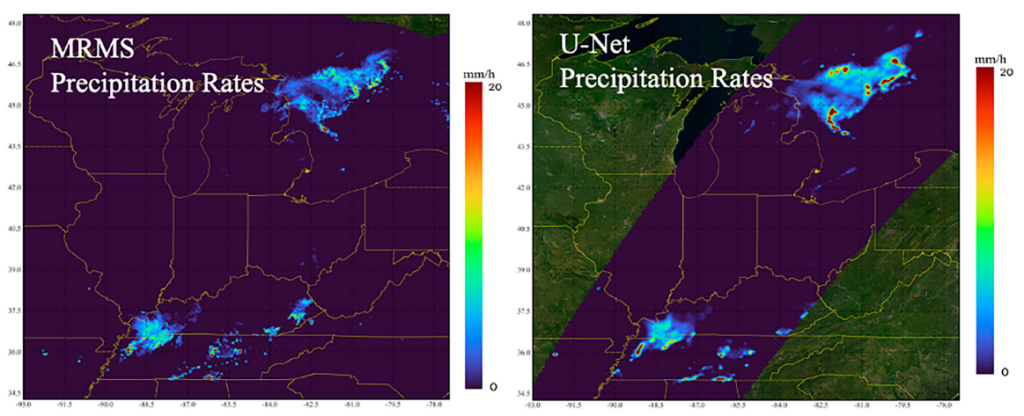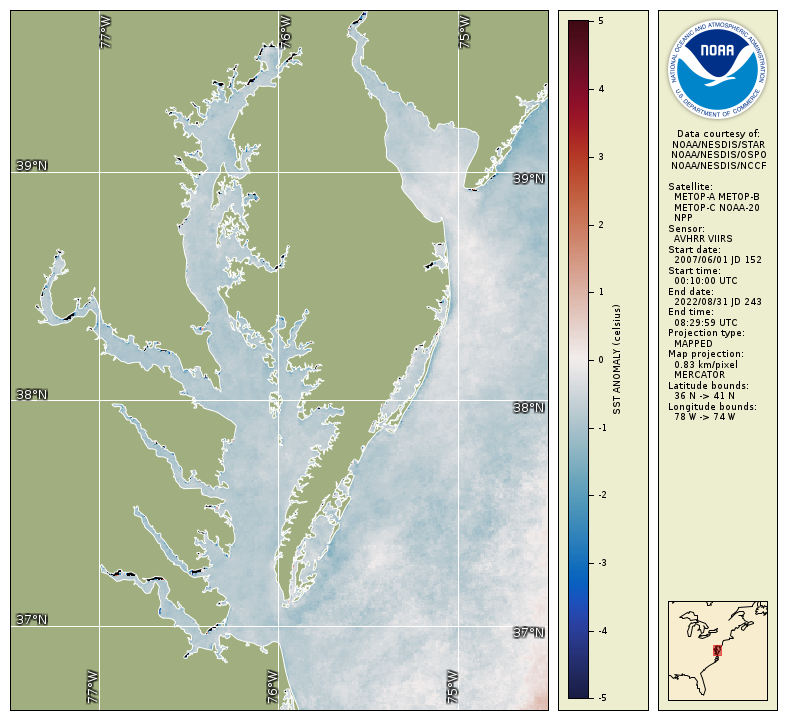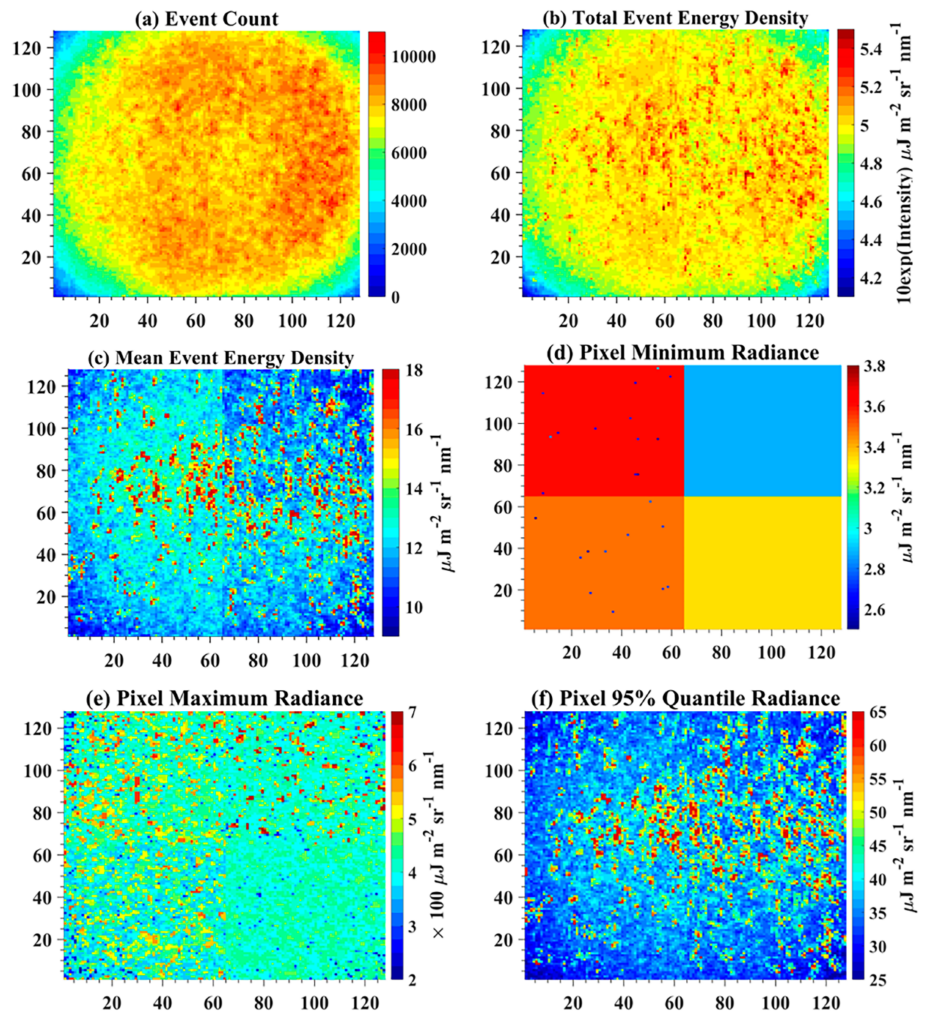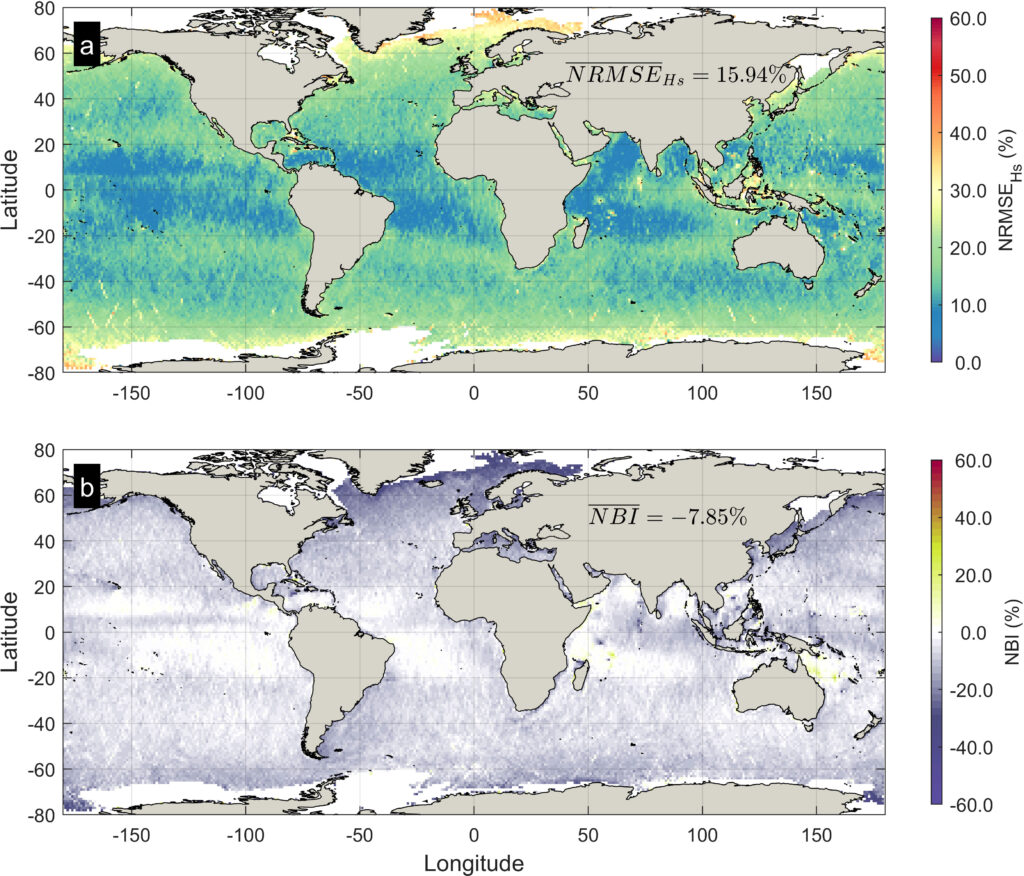
ESSIC Featured in Fifth National Climate Assessment
ESSIC Assistant Research Scientist Justin Pflug is an author attributed on the Fifth National Climate Assessment, the U.S. Government’s preeminent report on climate change impacts, risks, and responses. The congressionally-mandated effort provides the scientific foundation to support informed decision-making across the United States. Pflug is attributed on two chapters, “Water” and “Compound Events”.

